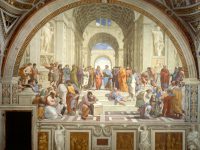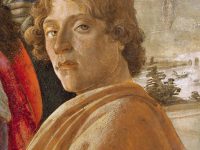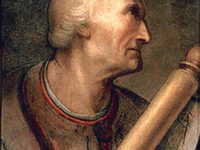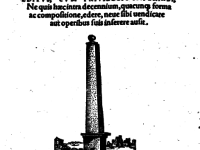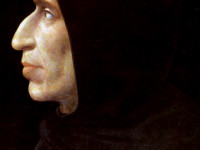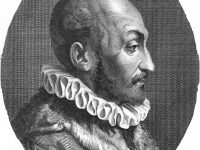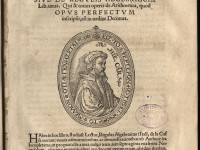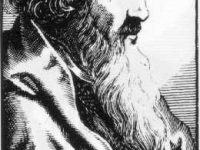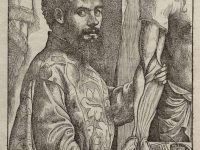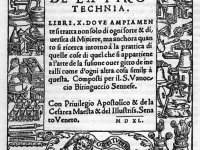Raphael and his famous School of Athens
On March 28 or April 6, 1483, Italian painter and architect of the High Renaissance Raffaello Sanzio da Urbino, known as Raphael was born.[4] His work is admired for its clarity of form, ease of composition, and visual achievement of the Neoplatonic ideal of human grandeur. Together with Michelangelo [5] and Leonardo da Vinci,[2] he forms the traditional trinity of great masters of that period. Apprenticeship Raphael was born in the small but…
Read more

